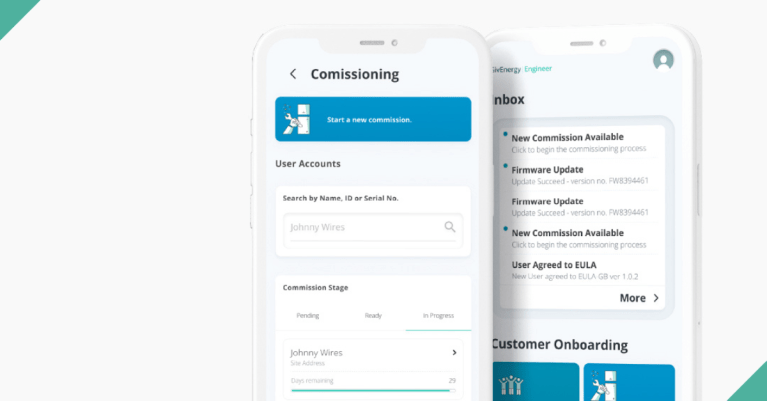What you will read in this article:
- What wind energy storage is
- 3 things to know about wind energy storage with a home storage battery
- Other ways to store wind energy
When it comes to households generating their own renewable energy, solar remains a popular choice.
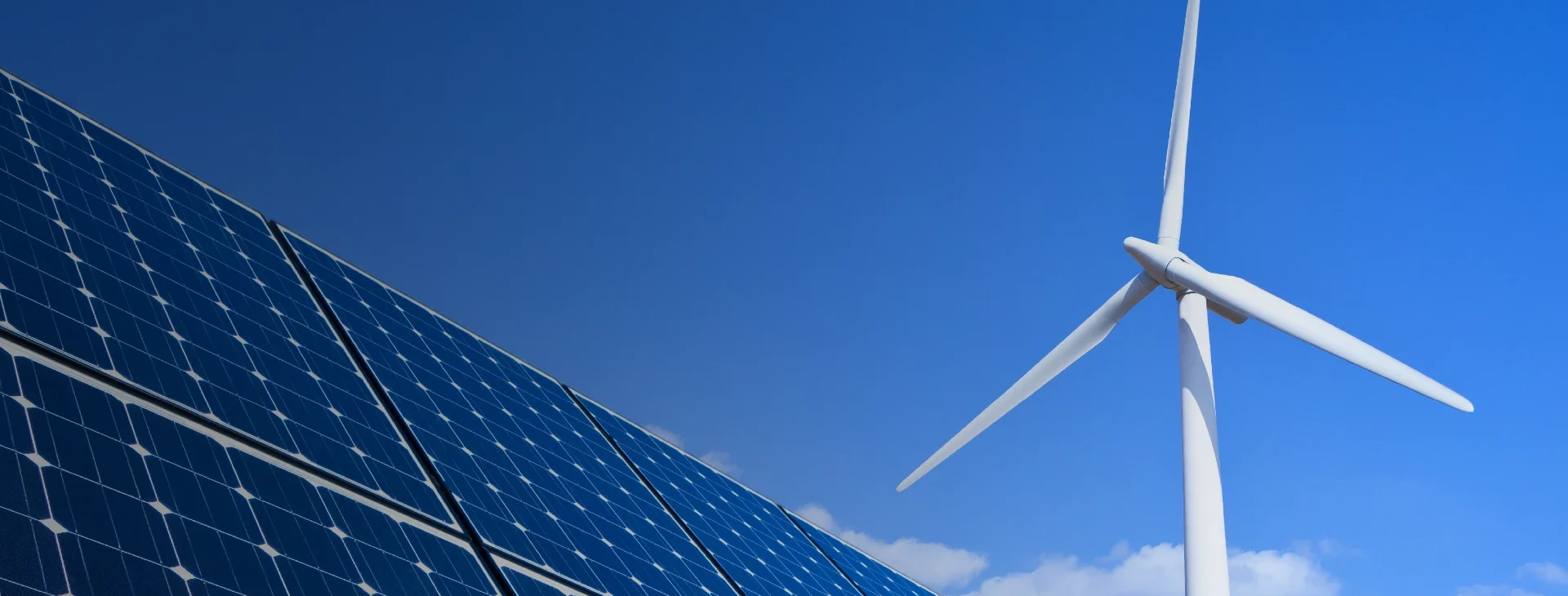
However, wind energy has emerged as a viable alternative for some.
It’s not unheard of for households to install their own roof-mounted or pole-mounted wind turbine for home.

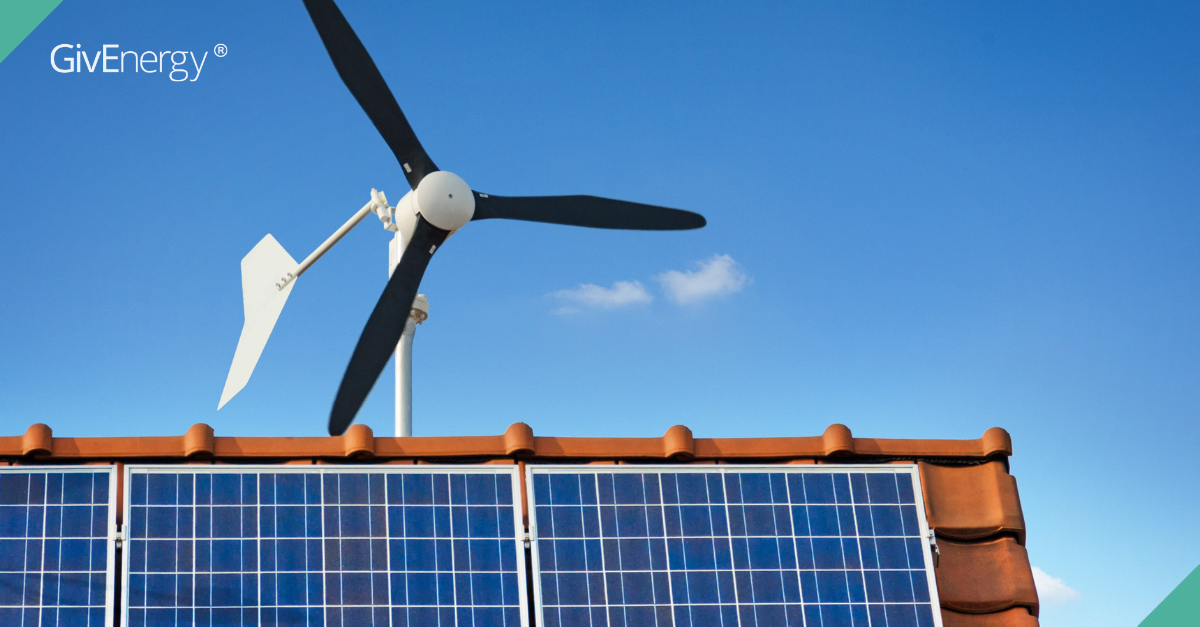
Like solar, wind energy can go to waste without somewhere to store it. That’s where wind energy storage comes in.
But, what does wind energy storage involve, exactly? Is wind storage right for you? Are there alternative ways to store wind energy?
Read on to find the answers to these questions and more.
What is wind energy storage?
Much like solar, wind has emerged as a viable renewable energy source – critical in the journey towards net-zero.
Also like solar, wind energy tends to have hour-to-hour variability. The wind isn’t always blowing when you need it most, such as during peak energy hours.
Between October 2022 and January 2023, the UK generated enough wind energy to power 1.2 million homes… but it all went to waste.

Fortunately, there is a solution: storage. Energy from wind can be stored and then discharged when needed.
Energy storage has become a reality, not only at a commercial- and grid-level, but also among homeowners.
Domestic storage batteries are becoming increasingly common in ordinary households.
It’s possible to pair a battery with a wind turbine for home. However, as you’ll read below, there are a few things you’ll need to consider first.
Is wind energy storage right for you? Consider these 3 things
1. Getting a wind turbine
To generate and store your own wind energy, you’ll need to install… wait for it… a wind turbine.
A few things to think about here.
Firstly, should you get a roof- or pole-mounted wind turbine? The former will be less costly. However, for the small amount of money saved on your bills, you may wait many years before breaking even, if you break even at all.

Meanwhile, a pole-mounted turbine will generate plenty of energy but could set you back in the region of £40,000-60,000.
Secondly, you’ll need to consider if you’re in the right location. If the average wind speed is less than 5 metres per second, a wind turbine just isn’t worth it.
Lastly, you’ll need to think about whether you need planning permission.
Rules vary depending on where you live in the UK.
2. Battery and inverter
So, you’ve decided that a wind turbine is right for you.
Next comes the battery. Because without somewhere to store it, a lot of the wind energy you generate will be wasted.
There was a time when almost 100% of GivEnergy battery storage solutions were fitted for solar. Now, there is at least one approved GivEnergy installer in the British Isles that specialises in storage battery installations for wind. The number of GivEnergy batteries fitted for wind turbines has reached double figures.
Choosing which battery is right for you depends very much on your energy needs.
For a home, you can choose from a range of domestic storage batteries.
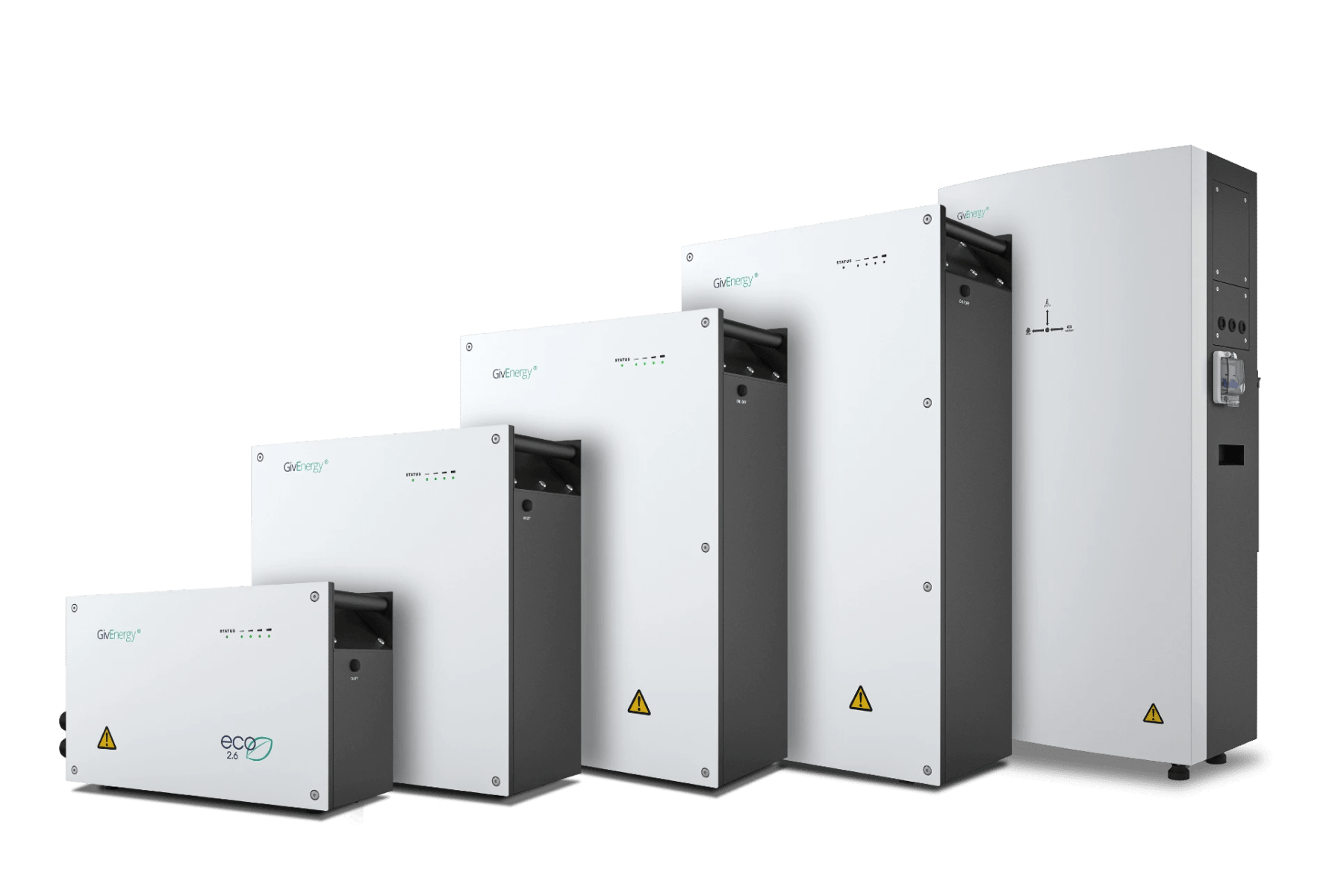
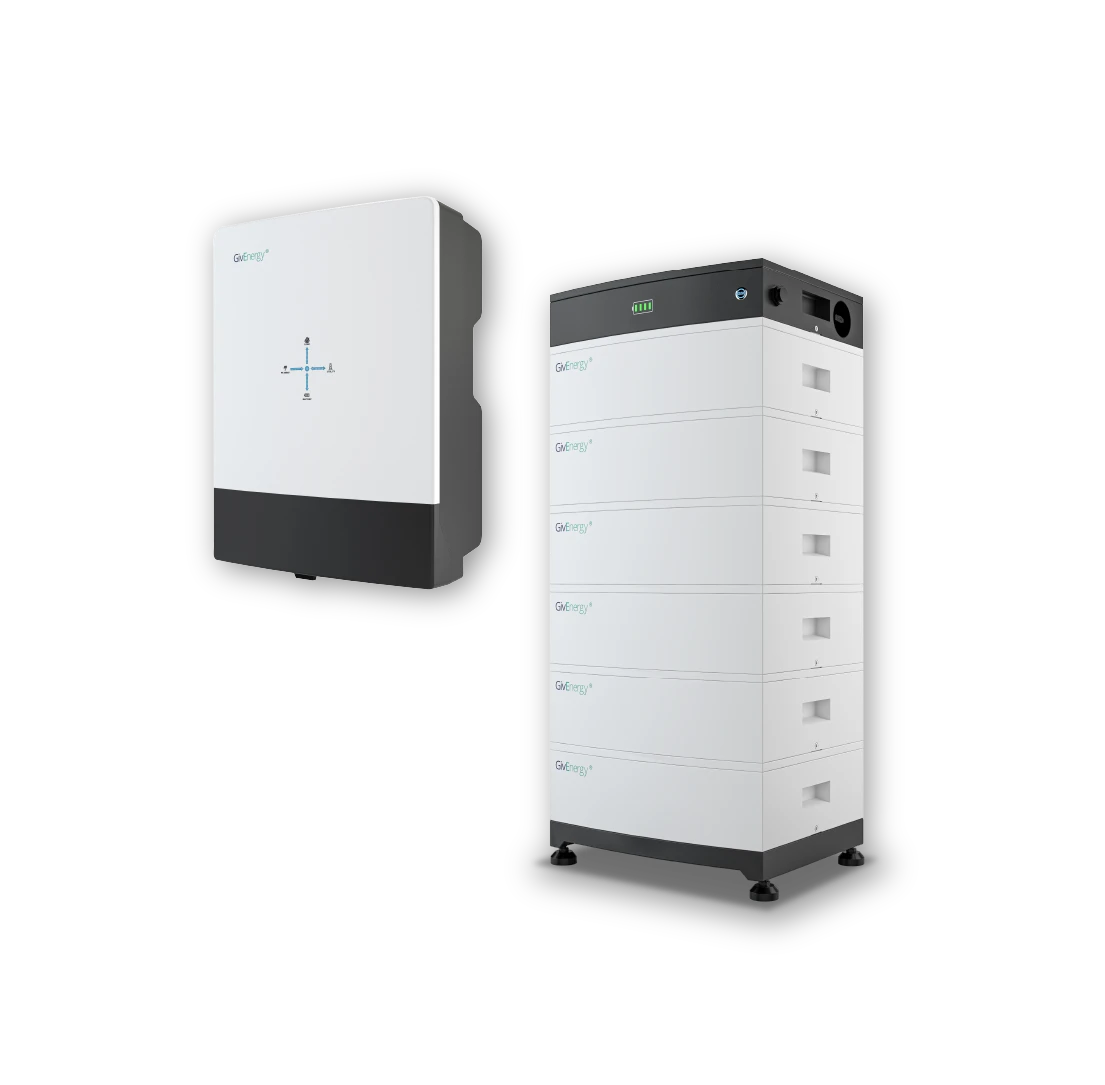
For a small- or medium-sized business, you can opt for a larger battery storage system, such as a commercial battery rack or even a larger battery storage container.


You’ll also need an inverter – the ‘brains’ of your battery storage system converting direct current (DC) to alternating current (AC).
An AC-coupled inverter is your best choice for wind energy storage.
3. Energy monitoring
This is crucial to getting the most out of your wind energy storage system.
Fortunately, monitoring your energy usage has never been easier.


This could be through smart plugs to keep track on individual devices, or through a smart meter to track your overall energy usage.

With apps and energy monitoring portals, you can make sure you’re not wasting energy stored in your battery.
You can also keep a close eye on how much energy you’re getting from your wind turbine.
In short, closely monitoring your energy usage helps you to draw more from your wind turbine and less from the grid.
Are there ways other than batteries to store wind energy?
Short answer: yes.
However, these are not feasible for the average homeowner.
At industrial- and grid-level, the following methods are used as alternatives to battery storage:
- Compressed air stored in large above-ground tanks or underground caverns
- Hydrogen fuel cells in which a hydrogen generator is used to electrolyse water
- Pumped storage in which stored energy is converted to electricity when it travels between two reservoirs
Ready to join the wind storage revolution?
Again, generating and storing your own wind energy is not for everyone. You need to consider whether installing a wind turbine for home is right for you.
For most of us, solar panels are a more affordable and practical option.
If you decide wind is the way to go, don’t forget that you’ll need somewhere to store it.
Why not start searching for an appropriate storage battery today? Installed by an approved GivEnergy installer, of course.


